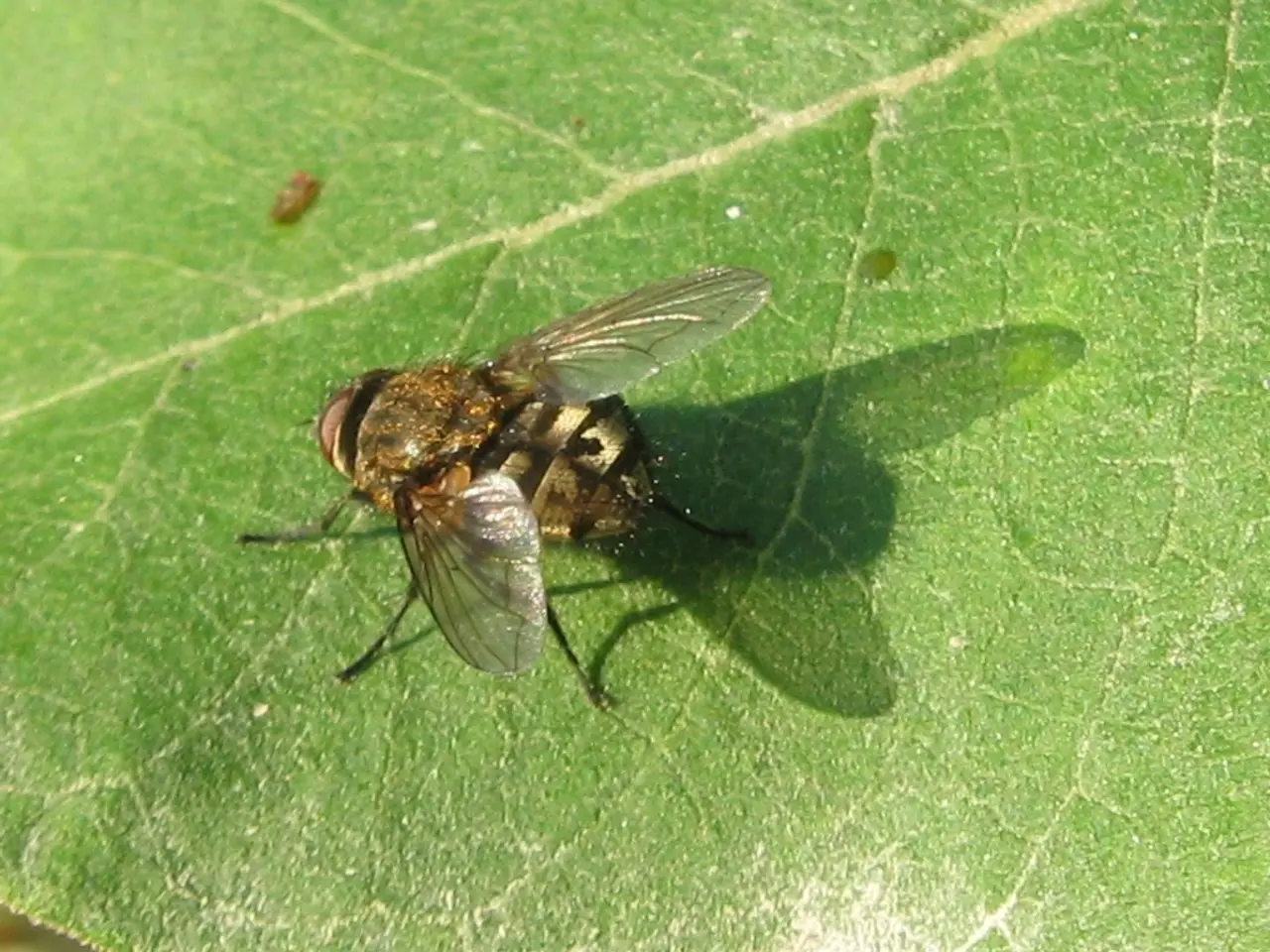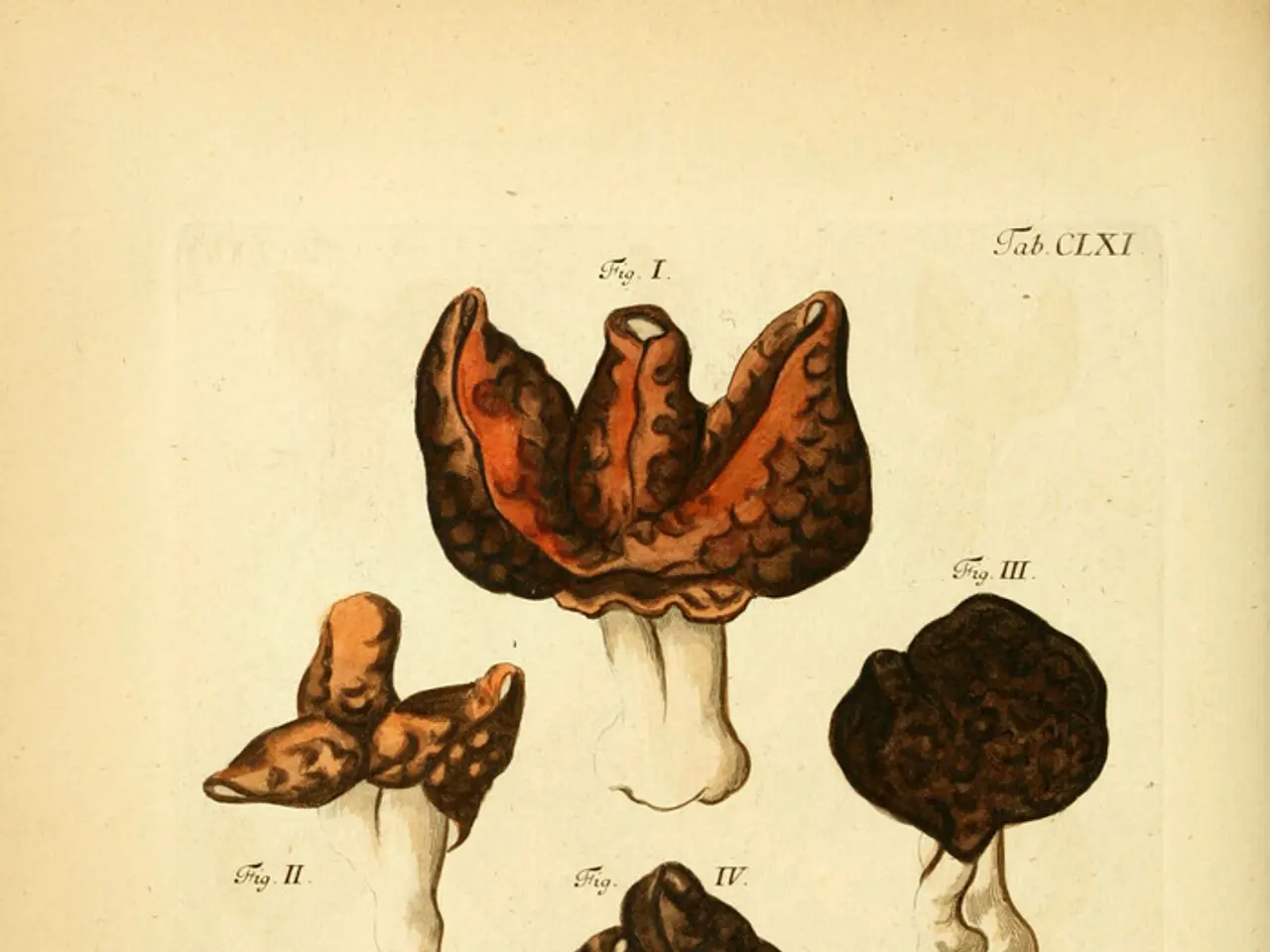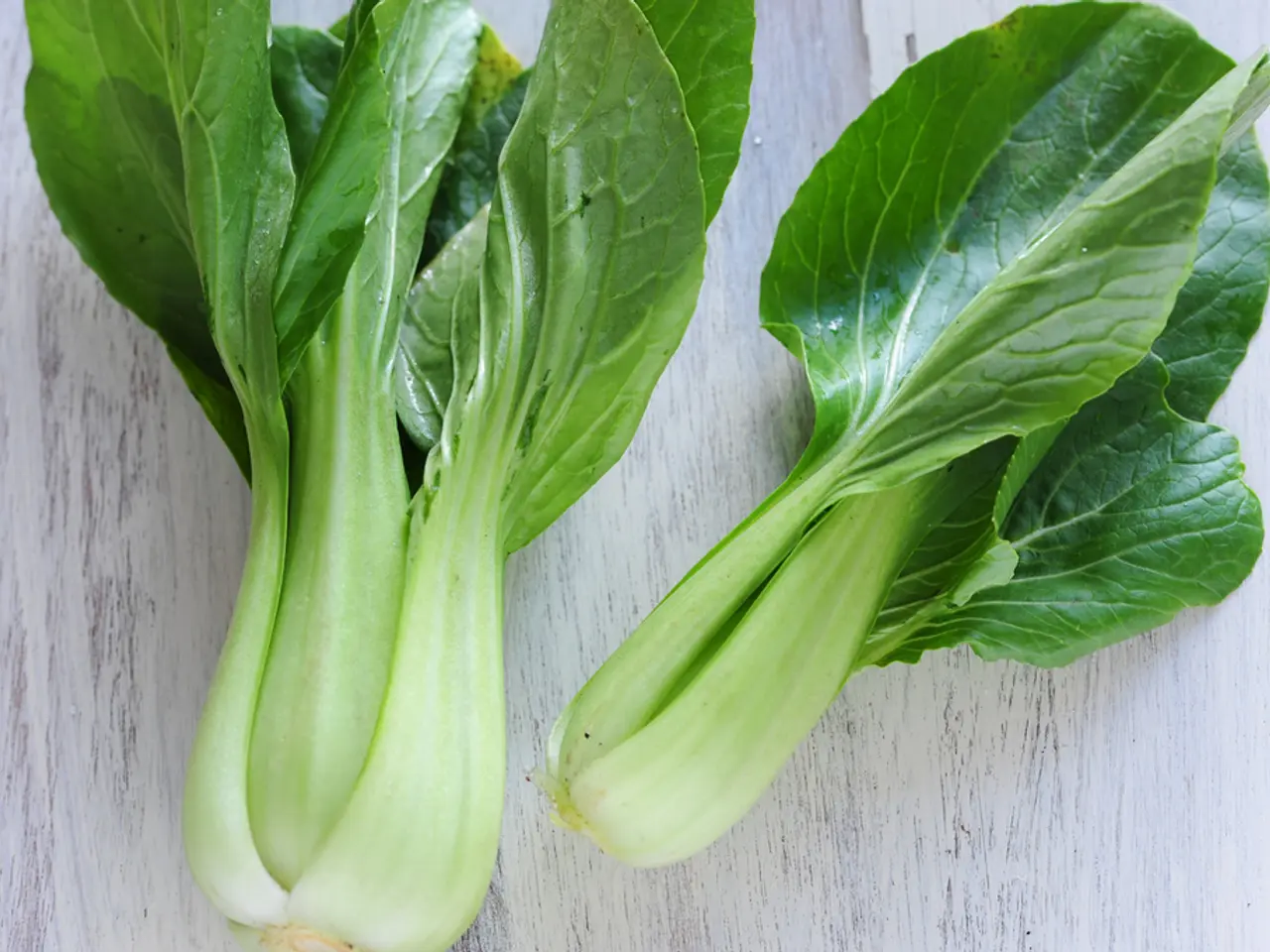Strategies for Eliminating House Flies: Explore four approaches
Preventing and Eliminating Housefly Infestations: A Comprehensive Guide
Housefly infestations can be a nuisance and pose potential health risks. However, with a few simple measures, you can effectively prevent and eliminate these pests from your home. This article outlines an effective approach to maintaining a fly-free environment.
- Maintain Cleanliness and Dryness
Houseflies are drawn to food residues, wet surfaces, and garbage. To prevent infestations, wipe spills immediately, rinse dishes promptly, keep trash cans tightly sealed, and empty them daily. Ensuring kitchen and dining areas, including drains, remain clean and dry is crucial. Use mesh screens on windows and cover open drains to block fly entry and breeding sites.
- Natural Repellents and Deterrents
Several natural substances repel flies by disrupting their sense of smell. Vinegar's strong odor confuses flies' scent navigation, diverting them away. It can also trap and kill flies when mixed with soap or oil in traps or sprays. Camphor hanging in cloth bags, especially near windows and corners, releases a scent flies dislike and helps keep them away. Pepper and sugar traps attract flies but trap them on the sticky surface, acting as a bait that removes them without chemicals.
- Fly Traps
Homemade traps, like the soda bottle trap or vinegar-soap mixture traps, are effective at catching and reducing fly populations, including heavier infestations. These traps lure flies in using attractive substances and prevent escape, allowing a natural, chemical-free control method.
- Environmental Control
Reducing fly breeding sites around the house, such as damp areas and open drains, and ensuring proper waste management, drastically lowers fly numbers routinely and prevents future infestations.
In summary, a multi-pronged approach of cleaning, sealing entry points, using natural repellents (vinegar, camphor, pepper mix), and employing homemade traps is the most effective way to prevent and eliminate housefly infestations indoors. Prevention through sanitation and blocking breeding sites is essential for lasting control.
- Water is necessary for flies to breed, and excess moisture and debris around the house can lead to housefly infestations.
- Houseflies typically enter from the outside but can also breed indoors, especially in buildings with interior garbage rooms and compactors.
- Each housefly may carry pathogens that can transfer to food and surfaces.
- The common housefly, scientifically known as Musca domestica, is a nonbiting fly.
- Addressing Moisture Issues Food residues and damp areas are prime breeding grounds for houseflies. To eliminate infestations, regularly clean and dry wet surfaces, clear debris, and ensure good drainage around your home.
- Avoiding Indoor Breeding Houseflies can enter from the outside or breed indoors, particularly in buildings with garbage rooms and compactors. To prevent this, consistently maintain cleanliness, close all entry points, and reduce potential breeding sites.
- Recognizing Common Houseflies The common housefly, scientifically known as Musca domestica, is a nonbiting fly that may carry pathogens. Awareness of their presence and taking preventive measures can help keep your home healthy and safe.
- Lifestyle Adjustments for the Elderly Individuals with conditions like Alzheimer's may forget to clean up spills or maintain hygiene, which could potentially lead to housefly infestations. Encourage regular cleaning, proper food storage, and dryness in their living spaces to create a fly-free environment for those who may need assistance.




